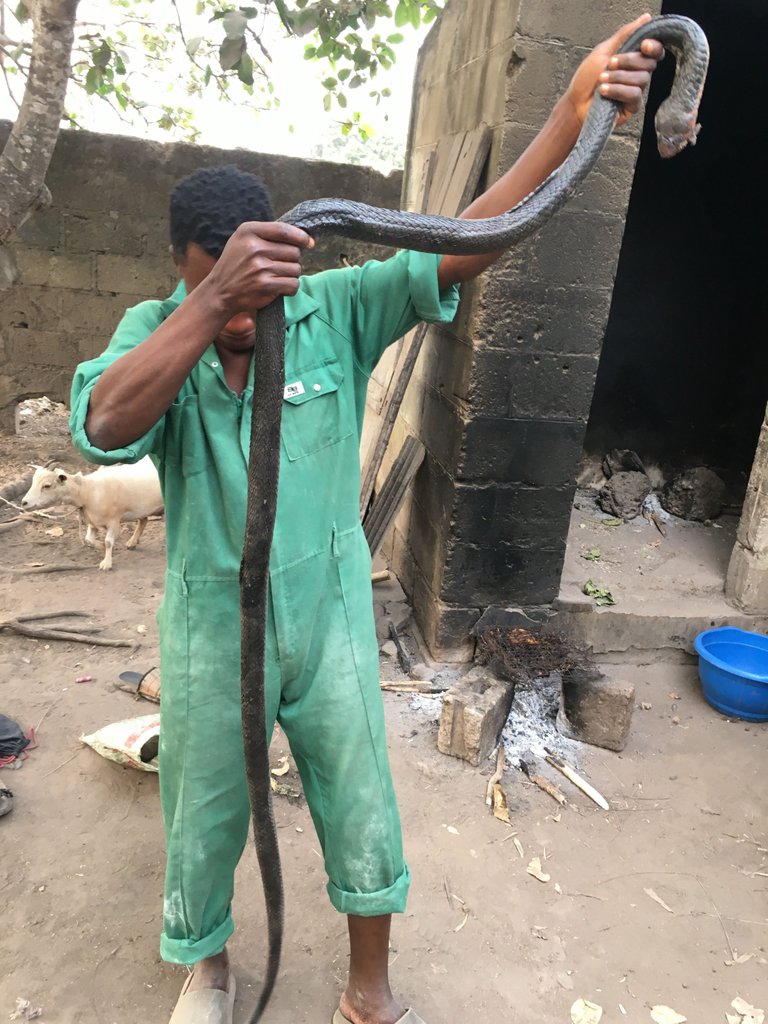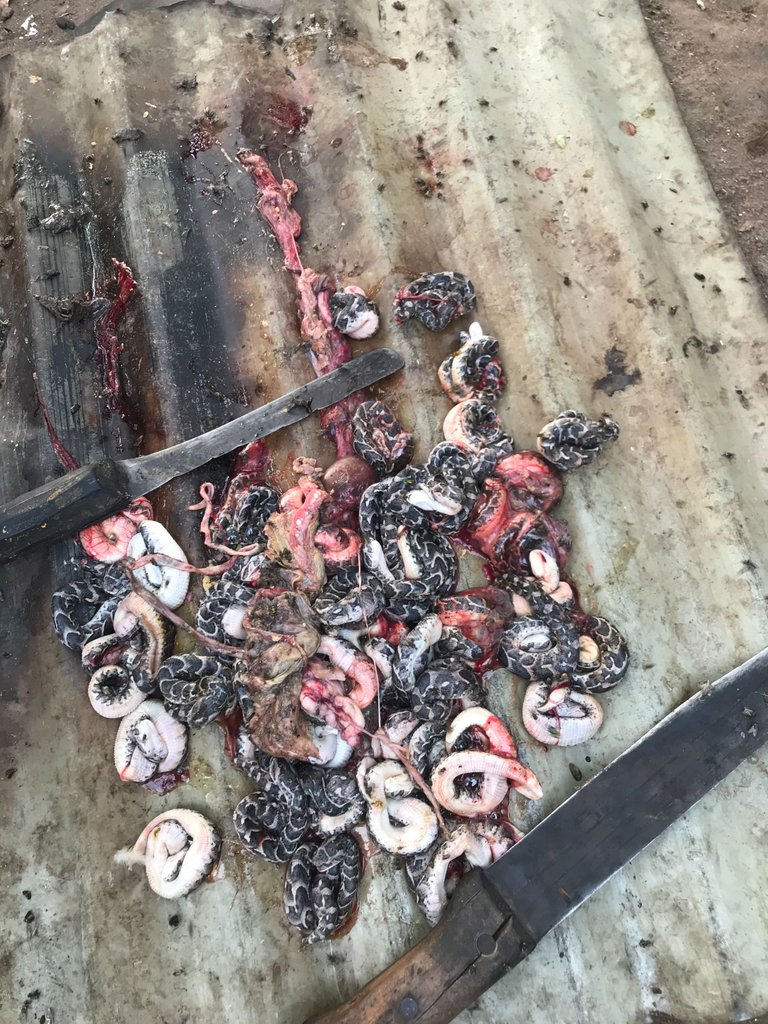A few days ago, I was browsing through my Twitter timeline when I saw something rather fascinating, although not totally new to me. It was about a snake that was killed and in the process of mutilating it for consumption, several smaller snakes (obviously, embryos) were brought out from the belly of the dead snakes.
Many questions were being asked in the comment section of the tweet and as usual, many inaccurate and misleading answers were given to the questions with many of them bordering around the various superstitious beliefs that have been passed down from older generations. One particular response opined that snakes have the capacity to carry pregnancy like humans and give birth to their young ones in manners similar to humans. Another one said even though some snakes lay eggs, they swallow back their eggs and then give birth to live young ones.

Even though I have a background idea on how snakes reproduce, the particular instance led me into inquisition into the world of snake reproduction in order to obtain correct information devoid of any personal bias or inherited myths.
We all know that reproduction is an important characteristic of all living organisms. Without it, the various populations of plants, animals, and even microbes that we see all around would have gone into extinction. When it comes to reproduction, however, there are different modes through which organisms can reproduce depending on how advanced or complex they are in terms of the level of organization of their bodies.
Reproduction can be sexual or asexual. When it comes to the animal kingdom, the default is that asexual reproduction is reserved for lower animals while sexual reproduction is carried out by more complex animals. In some cases, however, even higher animals carry out asexual reproduction. This is what is obtainable in snakes.
A large percentage of the known snake species are sexual while species like Copperheads, water snakes, Cottonmouths, Pit Vipers, and a few other species have the tendency to asexually reproduce when there are barriers to sexual reproduction. In other words, they are facultatively asexual. Interestingly, one particular species, the Brahminy Blind snake, is known to exclude all forms of sexual reproduction and only reproduce asexually - obligately asexual.
Sexual reproduction increases the genetic diversity of a population and improves their chances of survival in the face of changing environmental conditions. Asexual reproduction is more or less cloning. The implication is that all the members of a population derived from asexual reproduction will have the same genes, barring any form of mutation, and can, thus, be wiped out by unfavourable environmental conditions.
Snakes belong to a category of animals known as reptiles that are generally known to carry out internal fertilization. Specifically, snakes are known to be oviparous in nature. That is, they reproduce by laying eggs that have been internally fertilized. They lay between 1 to 100 eggs some days after copulation (usually about one month) and then allow the eggs to hatch on their own while the young ones are abandoned to fend for themselves.

So, what actually happened in the case of the snake shown above in which young ones were harvested from the belly of the mother? This often happens with very few species such as boa constrictors. Instead of laying the eggs, they hatch inside their mother prematurely and are given birth to when fully developed. Biologically, this reproductive behaviour is known as ovoviviparity.
The ovoviviparity behaviors represent a stop-gap between oviparity, laying internally fertilized eggs that hatch into young ones, and viviparity, giving birth to live, placental-nourished young ones.
TL:DR
There are locally fabricated misconceptions about how snakes produce young ones. Some species of snakes are able to produce young ones without any form of mating or fertilization, also known as asexual reproduction, while a large percentage require mating and fertilization in order to produce young ones.
Sexually reproducing snakes either lay fertilized eggs and allow the eggs to hatch into young ones or allow the eggs to hatch internally while the young ones are still immature. The young ones are then allowed to mature internally before they are given birth to live.
Thank you all for reading.
